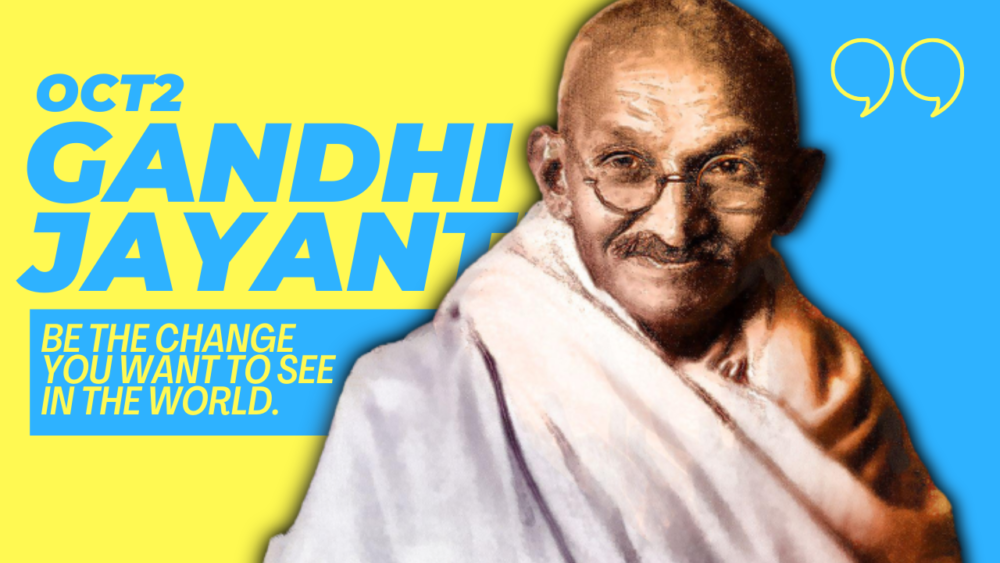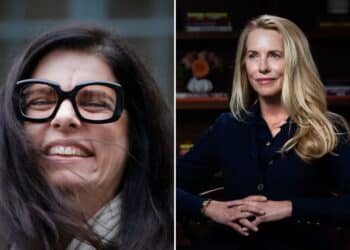For most tourists visiting the state of Odisha, the humble city of Baripada is a nonentity deemed nothing more than an entryway to the Simlipal National Park, famed for its tigers and elephants. Nobody thought that in the small city, there could be a shimmering palace with a forgotten love story at its core, unknown by many.

Belgadia Palace is now home to the offsprings of the previous kings of Mayurbhanj, the Bhanj Deos. Praveen Chandra Bhanj Deo belongs to the 47th generation of the family which ruled. He lives in a fragment of the palace with his spouse, two daughters and his 91-year-old mother. On the ingenuity of his daughters, Mrinalika and Akshita, maximum of this 221-year-old palace is now open for public viewing to spread awareness of the heritage of our ancestors in the district as well as in the state of Odisha.
Before opening the palace doors for public view, the sisters did a systematic recce of the place that unearthed a gem too many. One such was the boisterous love story of their forefather Sriram Chandra Bhanj Deo and Sucharu Devi, the third daughter of Keshub Chandra Sen, academic and social activist of 19th century Bengal.
Sriram Chandra’s first wife, Lakshmi Devi, mothered two sons and a daughter and subsequently, she passed away due to a bout of smallpox. Writes Suniti Devi, “The Maharaja’s wife deceased, and he came back to ask my sister to marry him. The marriage happened in Calcutta, and for quite some time they had led the cheeriest lives.” This was around the year 1904.
Because the Maharaja never had the courage to take Sucharu Devi to his native state, he erected for her the Raja Bagh Palace in Calcutta’s Mayurbhanj Road — now the structure houses the J.C. Ghosh Polytechnic College. They had two kids — Dhrubo Narayan and Joyoti. Sriram Chandra passed away in a precocious and furtive manner in 1912. The believed version is that he was fortuitously shot while he was out on shikar in a forest nearby.
Even though the construction of the palace commenced in 1804, it was developed in numerous phases. The present-day interiors were exclusively designed for Sucharu Devi since she was not comfortable in the main Mayurbhanj Palace. But she visited Mayurbhanj and her palace for the first time only after her husband’s death, on the invitation of her stepson, Purnachandra Bhanj Deo.
Sriram Chandra met Sucharu Devi in Darjeeling. She was an educated, free-thinking 15-year-old girl who did not believe in traditional ways women were expected to in the era. He was 18 and looking for a wife who would be his cohort. After a transitory period of courtship, they got engaged.
That was in 1889. But the crown prince’s family fervently opposed the match. “The daughter of Keshub Chunder Sen as Maharani of Mayurbhanj! The daughter of that rebel, that revolutionary! To the conformist, orthodox powers in the Hindu state this was preposterous,” reads Sucharu Devi’s biography which was written by her daughter, Joyoti.
The young prince was no dissident though; he forwarded the family line and married a girl from a local royal family. But the romance between him and Sucharu Devi did not decease. “We tried to coax her to marry but nothing would induce her to forget her lover,” writes Suniti Devi, her elder sister — the former queen of Coochbehar — in her autobiography.
She continued to visit Mayurbhanj sporadically and was connected with social work and spiritual work in Baripada. Her contribution to the Nababidhan Brahma-Mandir in the center of the town is acknowledged. A torch-bearer of feminism in India, she was elected as the president of Bengal Women’s Education League in 1931.
Sucharu Devi died in 1961 in Calcutta. Till date, the rooms and verandahs of Belgadia Palace, are imbued with her refined sensibilities. As she was an accomplished painter it is thought that artists like Jamini Roy and Hemendra Nath Majumder had visited the palace. The furniture, furnishings, paintings and photographs in the palace linger to reflect her dashes.
She had a deep impact on most of the actions of the Maharaja, who was known as the philosopher king and also well-regarded for his public welfare efforts. And that is what makes fascinating, the fact that to date, there is no portrait of the woman herself on display at Belgadia Palace. This happened probably because she was never accepted wholeheartedly by the larger family and state subjects because of the difference in caste, creed and religion. The family also have plans to find and display the love letters and photographs of Sriram Chandra and Sucharu Devi, for all to see and appreciate.
In a letter dated January 31, 1904, the 32- year-old Sriram Chandra writes to Sucharu Devi proposing marriage once again. It goes:
“Dear S… Will you then share my sacrifices if I ask you to sacrifice all worldly pleasures and to be my spiritual companion? That seems to me at present to be the voice of the Almighty. Yours and only yours,
Deo S.R.C. Bhanj”
Also Read:
An Incredible story of the Indian Princess : Noor Inayat Khan















